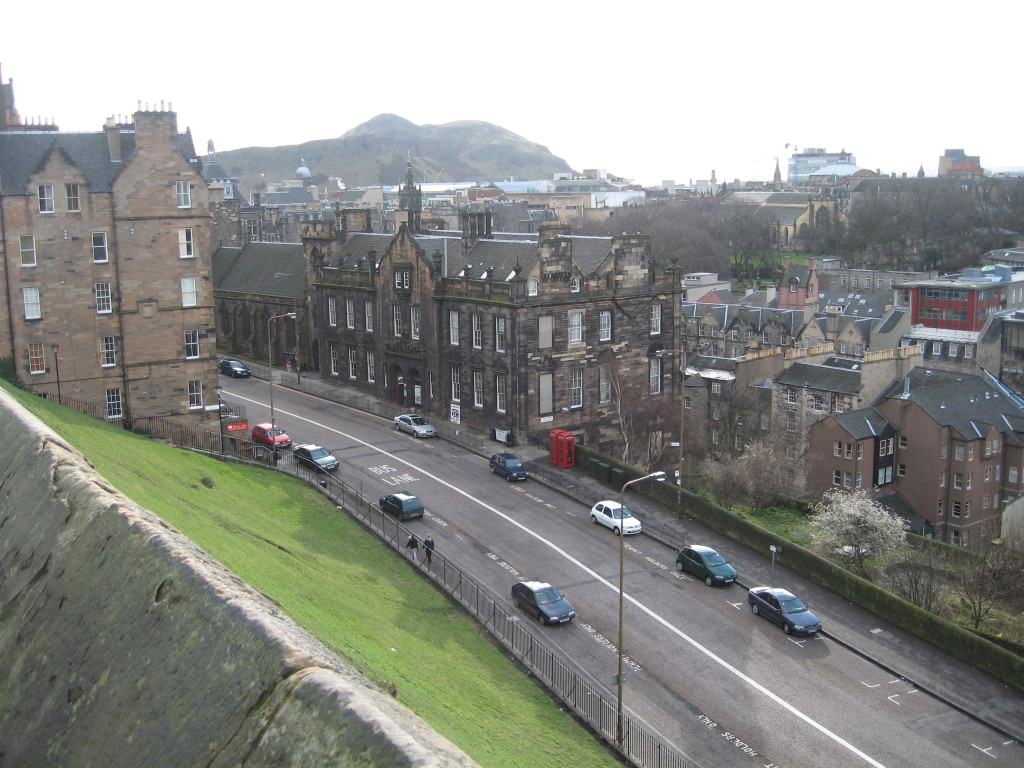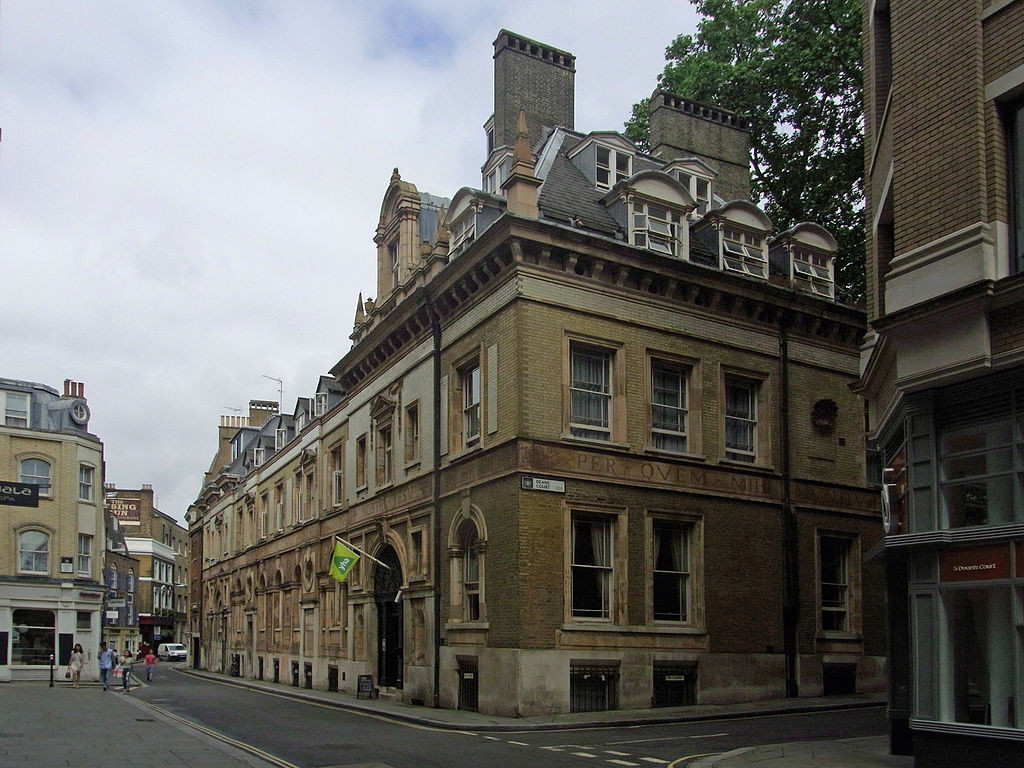During the holidays, a friend of mine spent a couple of weeks on vacation in Europe. She and her friends stayed in youth hostels much of the time and she said that while saving money was great, she doesn’t think she’s a hostel kind of person. She’s not a snob; she said they were all clean and nice, she just couldn’t get past the lack of privacy. She wants her own stuff in her own space, and I understand that completely.
For those of you who haven’t tried hostels yet, they are budget lodging with dormitory sleeping, usually in bunk beds. There are over 4,000 hostels in more than 80 countries, so as you can imagine, there is a lot of variety. While all hostels are required to have dormitory accommodations, many of them also offer private rooms, some en suite, usually at a higher rate. Most have shared dormitory style bathrooms, a shared kitchen, and a lounge for the people who choose hostels for their spirit of community and opportunity to meet new people.
I am one of the many who like hostels, partly because of the financial savings, but also because it’s a great chance to chat with new people. I’m older than the average backpacker and the next time I travel I will probably stay in a single room rather than the dormitories. The dorm rooms are great, but I don’t want to be the old lady that cramps everybody’s style.
For me, the chatting is the biggest lure of hostels. Most of the residents are younger and have such a sense of adventure and hope that it’s a joy to talk with them. When they feel that you are truly listening to them, they will share stories about their pasts and about their dreams for the future, and I find that they are endlessly fascinating.
So let’s talk about the story of the hostel. Richard Schirrmann was a German teacher who took his students on educational field trips. When they ventured too far from home and needed a place to stay overnight, they would stay at farms or at schoolhouses that were not in use during the summer.
In 1912 he started the first Youth Hostel in Altena Castle in Germany, a hostel that is still operational today. The original intent was to have a place for young people to stay when hiking or biking in rural areas. In these early hostels overnight guests stayed free in exchange for chores, such as reception, cooking, cleaning and general maintenance. The guests were awakened in the morning to do their chores and have breakfast, were locked out during the day, and had a curfew at night. Hostels were simply a place to sleep at night.
This concept spread quickly and by 1931, less than 20 years after the original, there were approximately 2,600 hostels across Europe. In 1932 a conference was held in Amsterdam to form the Youth Hostel Federation, uniting all the individual associations that had formed.
During World War I and World War II, obviously there was not a lot of travel for pleasure throughout Europe. Use of youth hostels increased after the WWII, but the real explosion occurred in the 1960s and 1970s when larger airplanes and lower airline fares made international travel more economically feasible. Since then the concept of the hostel has been continually evolving and today there is amazing diversity in hostels available.
When my daughter and I visited England and Scotland in 2006, we stayed almost exclusively in hostels. In York we stayed in a hostel that had the best breakfast, which is very helpful when you’re walking around all day. At one point they also had a group of schoolchildren staying there, keeping with the hostel tradition. I’ve learned that it has been recently renovated, to the point that we barely recognized it in current photos online. But it’s still within walking distance of York Minster, the Shambles, and the railway and bus station, but far enough away that you can see other parts of town.
In Edinburgh we stayed in a hostel right across the street from Edinburgh Castle, an unbeatable location. This building was originally built in 1845 as an elementary school for the poor and a training center for teachers, managed by the General Assembly of the Church of Scotland. As a hostel, it had a large percentage of long term residents, so there was a little different atmosphere, more clannish, if you’ll pardon the pun.

View of Castle Rock Hostel, on the corner by the red phone boxes, from the parking lot of Edinburgh Castle. Photo Credit: Cathy Hanson
In London, our hostel was about a block away from St. Paul’s Cathedral, and was previously the St. Paul’s Choir School. It’s a short walk to the Millennial Bridge, the Tate Modern Museum, and too many other wonderful places to name here. It is also close to bus lines and the Underground, so it’s easy to get anywhere you want in London.
My daughter and I are planning our next trip to the United Kingdom, and a big part of that is choosing hostels. They have photos and virtual tours online, so it’s very easy to pick which ones are the best fit for you and your travel companions. Give hostels a chance.
Do you have a hostel experience you’d like to share? Would you stay in a hostel?



